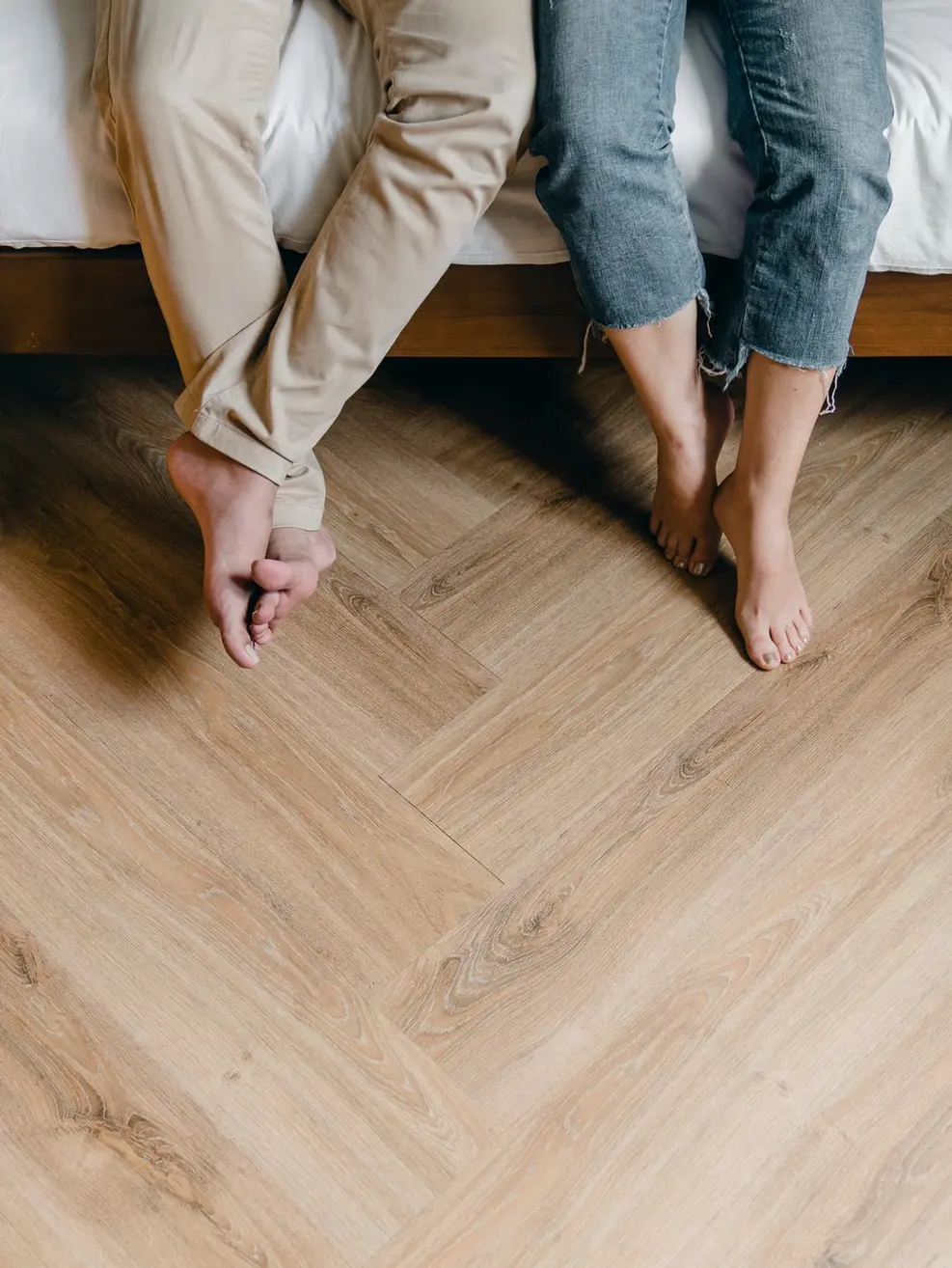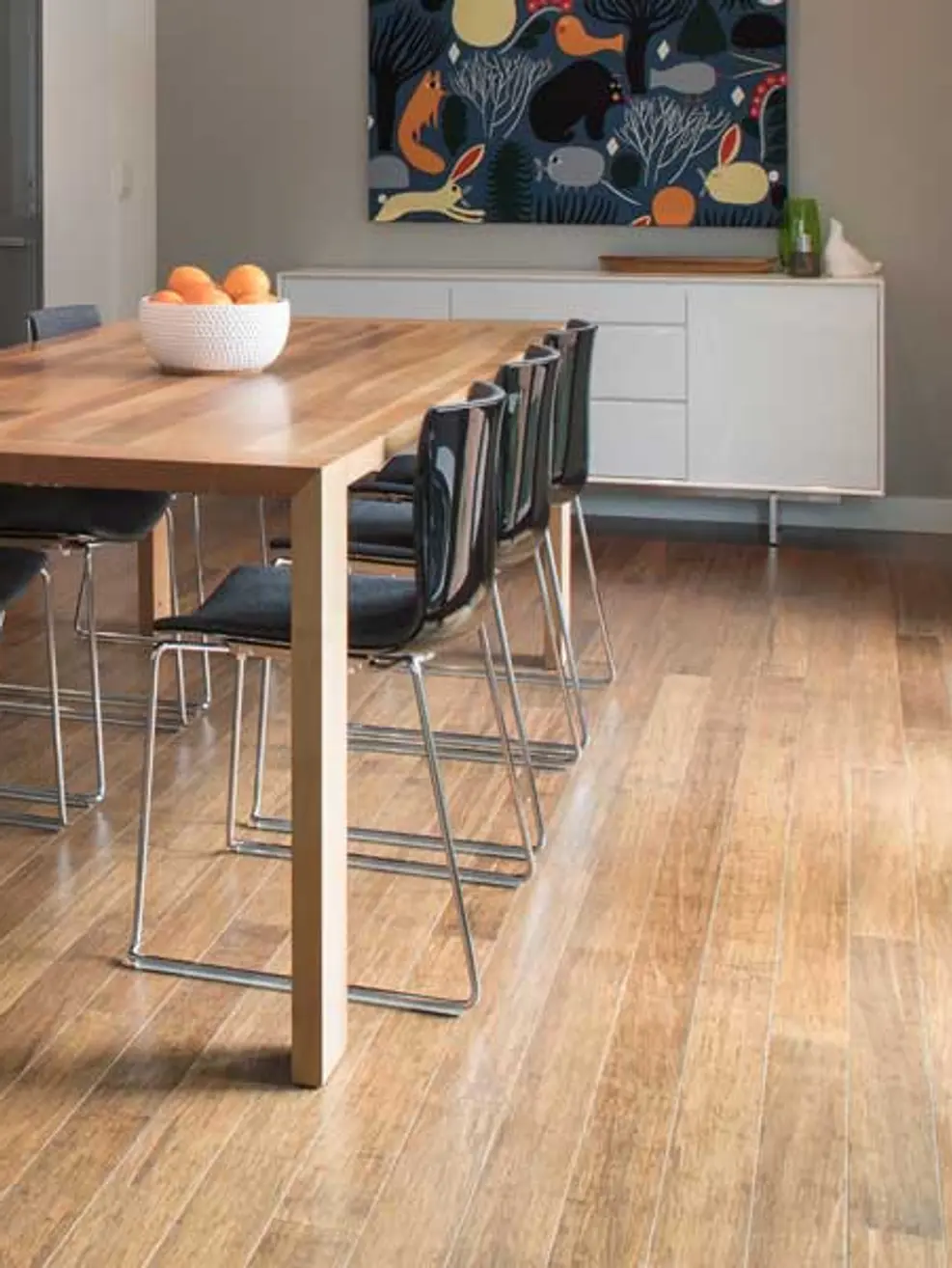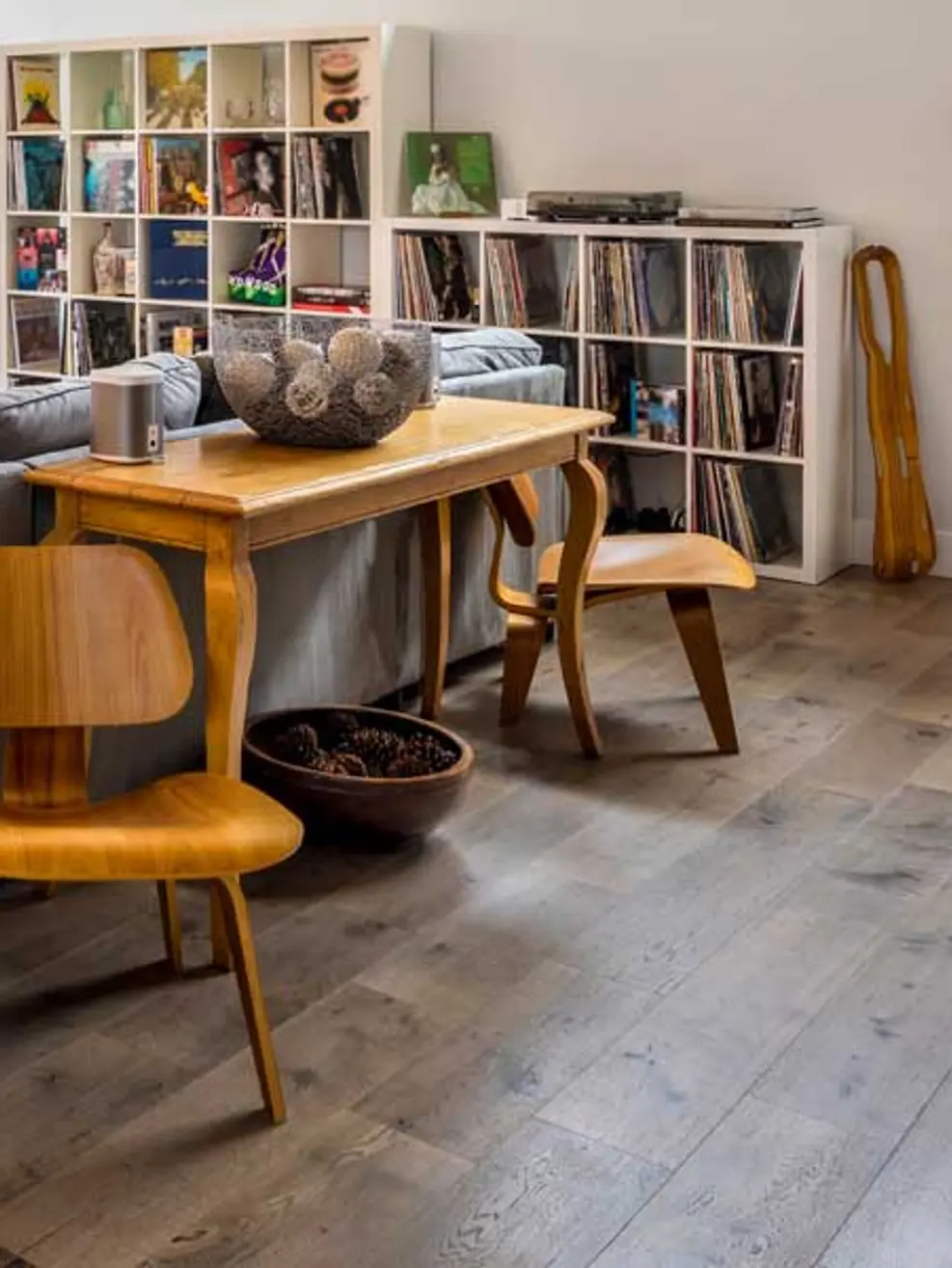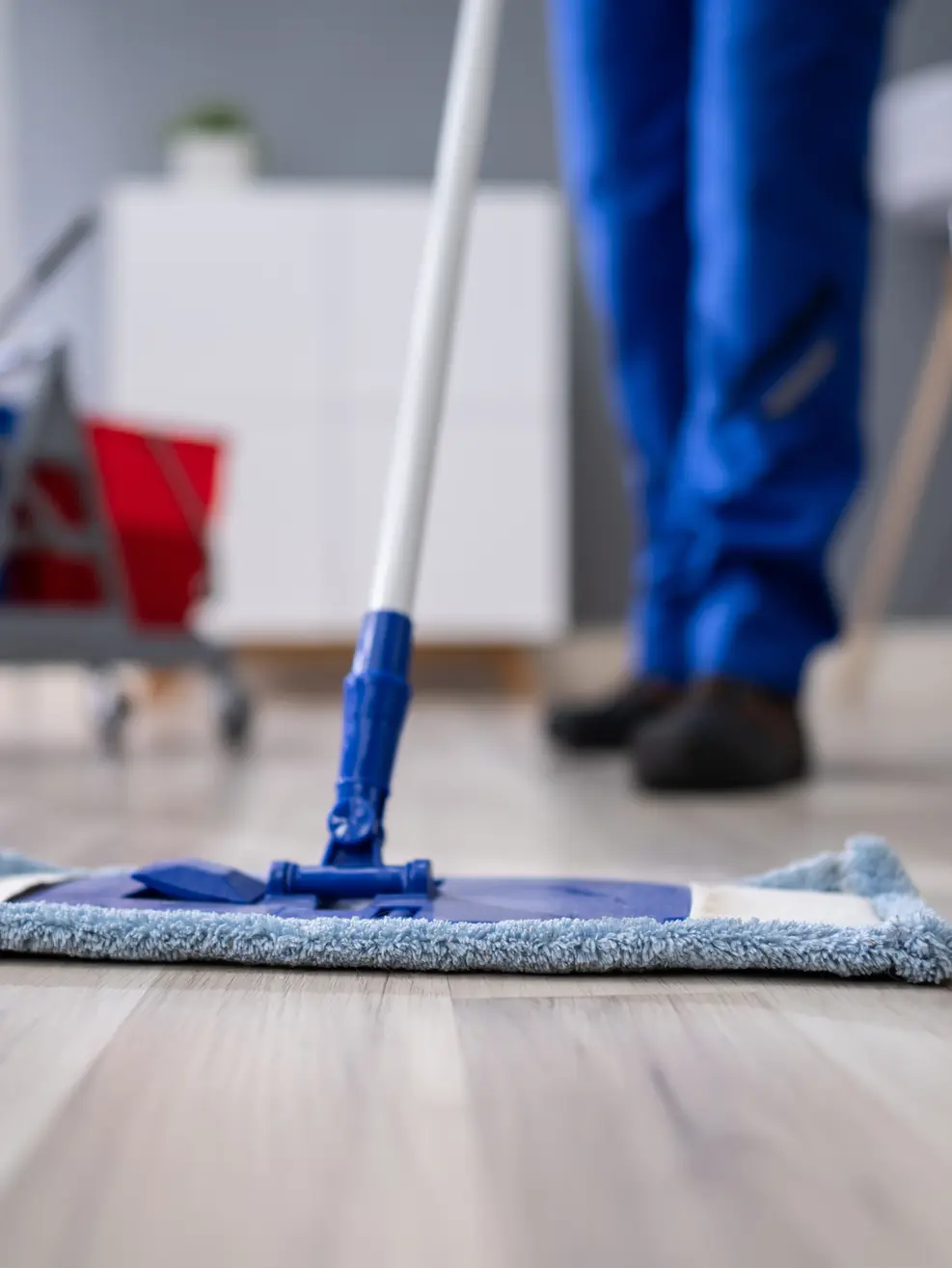As environmental consciousness grows, so does the importance of making sustainable choices in home design and renovation. Wood flooring, while undeniably beautiful and durable, can have varying environmental impacts depending on factors such as sourcing, production methods, and maintenance practices. In this blog, we'll explore the environmental impact of wood flooring and discuss sustainable options and practices to minimize its footprint on the planet.
- Sustainable Sourcing:
- Opt for wood flooring sourced from responsibly managed forests certified by organizations such as the Forest Stewardship Council (FSC) or the Programme for the Endorsement of Forest Certification (PEFC).
- Look for reclaimed or salvaged wood flooring, which repurposes wood from old buildings, barns, or other structures, reducing the demand for new timber and minimizing waste.
- Eco-Friendly Materials:
- Choose wood flooring made from rapidly renewable materials such as bamboo or cork, which have shorter growth cycles and can be harvested sustainably without depleting natural resources.
- Consider engineered wood flooring, which uses less solid wood than traditional hardwood flooring and often incorporates recycled materials in its construction.
- Low-Impact Production Methods:
- Select wood flooring products manufactured using eco-friendly production methods, such as water-based or low-VOC (volatile organic compound) finishes, adhesives, and coatings that minimize emissions and indoor air pollution.
- Look for manufacturers that prioritize energy efficiency, waste reduction, and recycling initiatives in their production processes to minimize their environmental footprint.
- Longevity and Durability:
- Invest in high-quality wood flooring products that are built to last, reducing the need for frequent replacement and minimizing waste.
- Choose durable finishes and protective coatings that enhance the longevity of your wood flooring and reduce the need for refinishing or maintenance over time.
- Responsible Maintenance Practices:
- Implement eco-friendly maintenance practices to prolong the life of your wood flooring, such as using non-toxic cleaning products, avoiding excessive water or moisture exposure, and promptly addressing spills or stains to prevent damage.
- Refinish or reseal your wood flooring when necessary to restore its appearance and protect it from wear and tear, using environmentally friendly products and techniques.
- Recycling and Disposal:
- Dispose of old or unwanted wood flooring responsibly by recycling or repurposing it whenever possible.
- Explore options for recycling wood flooring materials or donating them to organizations or individuals in need of reclaimed wood for renovation or building projects.
By choosing sustainable options and implementing eco-friendly practices, you can minimize the environmental impact of wood flooring while still enjoying its timeless beauty and durability in your home. Whether you opt for responsibly sourced hardwood, eco-friendly materials like bamboo or cork, or reclaimed wood flooring, every sustainable choice contributes to a healthier planet for future generations. Let's embrace sustainable wood flooring options and practices to create beautiful, environmentally friendly homes that stand the test of time.




